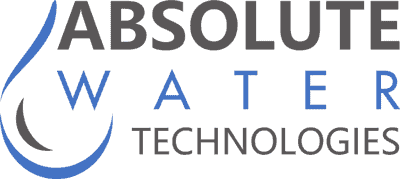Dealkalization Process- An overlooked method in High Purity Water Systems
Dealkalization is the process of removing anions such as bicarbonates, carbonates,
sulfates, and nitrates with a chloride anion exchange. This process treats softened water
with a chloride form anion resin that exchanges chloride ions for anions in the feed water.
Dealkalizers use a Type 2 strong base anion resin such as ResinTech SBG2. The resin is
regenerated by salt (typically at a dosage rate of 5 lbs/cf), and removes up to 95% of
carbonate (CO3) and bicarbonate (HCO3) alkalinity as well as 99% of sulfates (SO4) and
nitrates (NO3).
The amount of leakage of alkalinity from the resin bed is dependent on the efficiency of the
regeneration. Bicarbonate ions are typically the first ions to come off of the resin. These
ions are pushed down through the resin bed during regeneration. Some of the bicarbonate
ions may remain near the bottom of the bed and appear as leakage in the service run. The
amount of leakage that appears is directly related to the total dissolved solids (TDS) and
the percent alkalinity in the feed water.
Anion dealkalizers should be preceded by a sodium cycle softener. The softener will
prevent the possible precipitation of calcium carbonate or magnesium hydroxide in the
anion bed. It is also beneficial in the removal of suspended matter from the feed water.
The softener should be selected based on water usage, with consideration given to the
amount of water that will be used for the regeneration of the dealkalizer. The additional
water usage during the dealkalizer regeneration cycle is typically a 10 to 25 % increase.
Anion bed capacity for dealkalizers may be calculated using the following formula. The
calculations assume a 2.5 ft. minimum bed depth, service flow rate of 2 to 3 gpm/cu. ft.,
and a 10% alkalinity end point.
Salt regeneration – 5 lbs/cu. ft. NaCl
175,000 x Percent Alkalinity = Gallons / cu. ft.
ppm Alkalinity as CaCo3
Accurately measuring pH after a dealkilizer is difficult with test strips or hand-held meters.
These methods of pH measurement may not provide accurate pH readings because the
water sample is exposed to air. The water will absorb carbon dioxide (CO2) from the air,
which will lower the pH of the sample. This does not provide a true measurement of the
water’s pH. An inline pH monitor is the best solution for pH measurement following a
dealkilizer. This type of monitor will prevent exposure to air and provide accurate pH
measurement, eliminating false pH readings caused by carbon dioxide. The pH level of the
water at the dealkalizer outlet should be less than or equal to 8.4 pH
Contact Absolute Water Technologies ,a certified Ameriwater Suez Dealer, for more help in attacking alkalyinity in your water.

